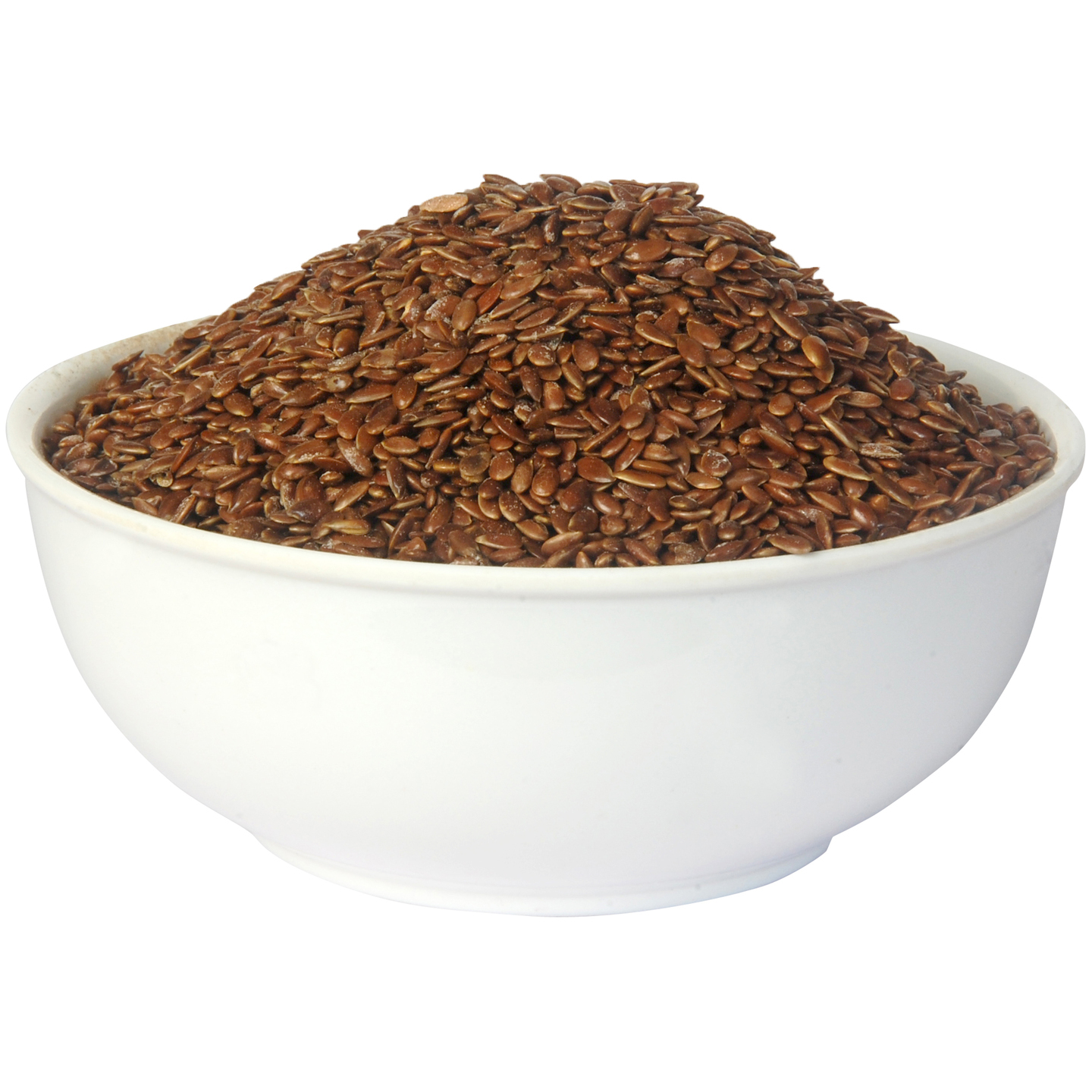
So can you use a regular blender like a Cuisinart to grind flax seeds? The short answer is yes, but there are some caveats to keep in mind. In this blog post, we’ll explore the benefits of ground flax seeds, whether a Cuisinart blender can do the job, some tips for grinding flax in a blender, and the best ways to store and use flax meal.
Whole flax seeds pass through our digestive system largely undigested. Our stomachs and small intestines don’t have the mechanical ability to break down the tough outer shell of a flax seed. So all those great omega-3s, proteins, and other nutrients get excreted without being absorbed.
By grinding flax seeds into a meal or flour, we break open that outer shell. This exposes the insides and makes the nutrients bioavailable to our bodies. Flax meal has been shown to have enhanced nutritional value over whole flax seeds.
Here are some of the top benefits of ground flax seeds:
Clearly, taking the extra step to grind your flax seeds is worth the effort. But you don’t need an expensive flax grinder to reap the benefits.

You may be wondering if your regular Cuisinart blender is up for the job of grinding flax seeds into meal. The answer is yes – with some caveats.
A blender is not ideal for grinding flax seeds. Blenders are designed for blending liquids or making smoothies. But in a pinch, a blender can grind flax seeds reasonably well. The blender action can break open most of the seeds to release the nutrients.
However, a blender usually won’t grind flax seeds into the fine powder that a coffee grinder or flax grinder can produce. The meal will be coarser with some leftover seed fragments. But this is still vastly better than consuming whole flax seeds!
The downside of using a blender is that it can be tricky to grind a small amount of seeds. A blender does best with larger volumes, a minimum of 1 cup of seeds. Anything less may just bounce around in the blender jar.
Always use a dry blender jar to grind flax. Avoid any moisture, as the flax will turn into a paste that sticks to the sides. Now let’s get into some tips for grinding flax in your blender.

Grinding flax seeds in a blender takes some finesse. Here are some handy tips:
Be patient and persistent to get a fine grind. Expect to go through multiple grinding cycles. Pulse, shake, scrape, and repeat. It may take 5-10 minutes total to get the desired consistency.
The seeds will first break into coarse pieces after a few pulses. Continue pulsing in short 5-10 second bursts. Shake the jar every minute or so to redistribute. You’ll end up with flax meal that isn’t perfectly uniform but is certainly ground.

Once you’ve put in the work to grind those flax seeds, be sure to store them properly. Flax meal goes rancid faster than whole seeds. Follow these storage tips:
There are so many ways to use flax meal in recipes:
Ground flax seeds add nutrition, texture, and binding properties to both sweet and savory recipes. They are so versatile in the kitchen.

How much flax seed should I eat per day?
The recommended daily intake is around 1-2 tablespoons (9-18 grams) of ground flax seed per day. Start small and work your way up to the full amount. Too much too soon can cause gas and bloating.
Do flax seeds go bad?
Whole flax seeds last many months if stored in a cool, dark place. Flax meal goes rancid faster due to the increased surface area. Store flax meal for up to 4 months in the fridge or 1 year in the freezer.
Can you eat flax seeds whole?
It’s best to grind flax seeds to reap the full benefits. Whole seeds may pass through undigested. Grinding breaks open the seeds, releasing the nutrients for better absorption.
Grinding your own flax seeds offers big health perks compared to eating them whole. A blender like a Cuisinart can get the grinding job done. While not ideal, a blender will produce a reasonably fine flax meal when used carefully. Be sure to store the meal properly to retain freshness and use it often to reap those omega-3s. Grinding flax at home lets you enjoy the amazing benefits of this superfood.
